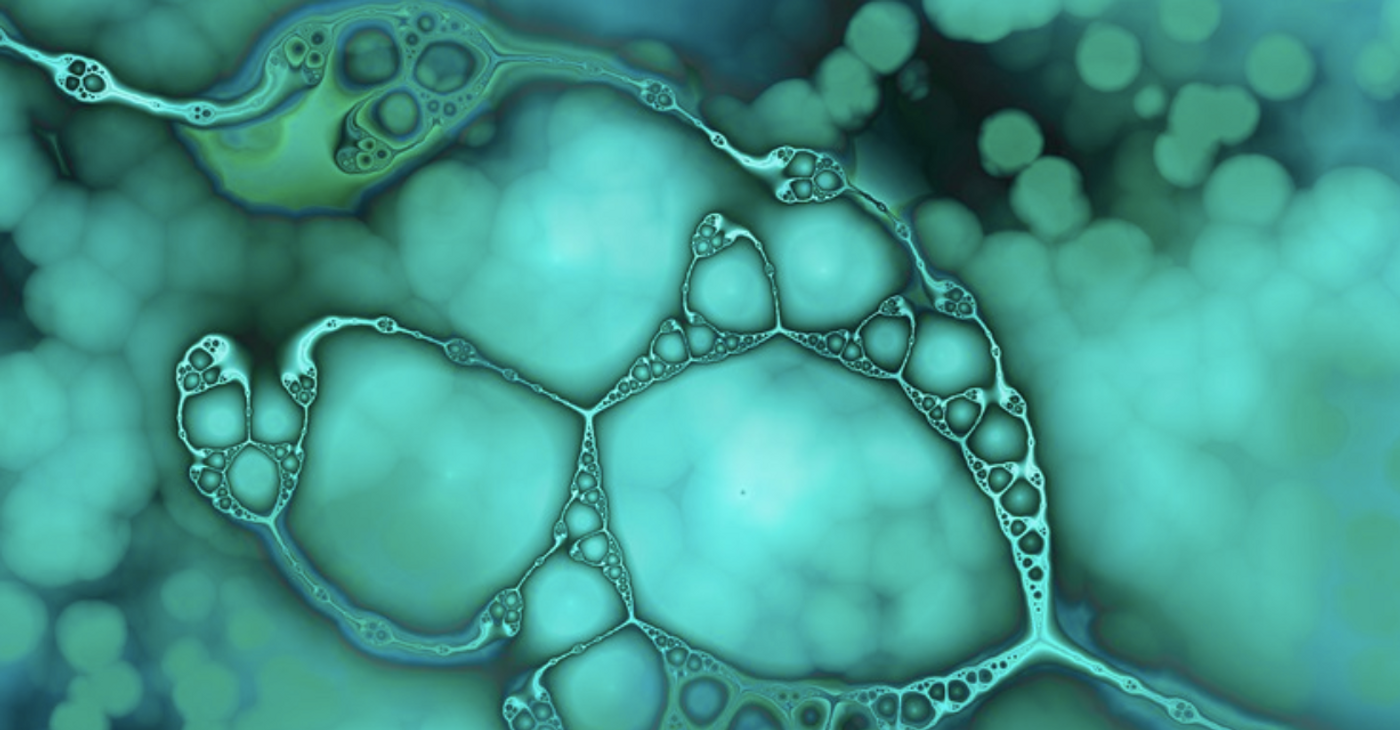In a Major Advance, Scientists Reprogram Skin Cells to Become Placenta
In an organism, different kinds of cells carry out specific, specialized functions. Scientists can grow and study various types of cells in the lab. For a long time, a source of many of those cell lines were cancer samples that could be easily cultured over many generations. But those cells were not always representative of a particular cell type. Now, following huge breakthroughs,scientists learned how to create stem cells from adult skin cells. This has allowed scientists to utilize adult cells like those from the skin to create induced pluripotent cells (iPSCs), which can then be made into virtually any cell type.
The creation of so-called iPSCs was made possible through changing gene expression in cells, often with certain molecules or specialized proteins. Cells can also now be directly reprogrammed in some ways, without needing to bring them to a pluripotent state. The number of cell types that can be generated in this way is also expanding, bringing new insights into how specialized cells function.
Now, researchers have devised a method to use cellular reprogramming to create placental cells from skin cells for the first time. Placental cells have been difficult to access directly, so this work is a significant advance in the field. Now, a virtually unlimited supply of placental cells will be available for study. This research could significantly advance our understanding of pregnancy and disorders that are related to pregnancy, infertility, maternal and fetal health, as well as cell-based therapeutics. The findings have been reported in Nature Communications.
Since cells can be collected from certain individuals to make reprogrammed cells, researchers will also be able to obtain placental cells that are derived from healthy people, or those who experienced complications during pregnancy. This way, researchers will have cells that have the genetic background of people who may be predisposed to certain conditions, including pregnancy dysfunction.
In this work, the scientists changed gene expression in skin cells to generate placental stem cells or trophoblast stem cells (TSCs). Multiomics comparisons, which analyze things like gene and protein expression, showed that these newly created cells were found to have the same properties as placental cells.
Sources: Hebrew University of Jerusalem, Nature Communications









